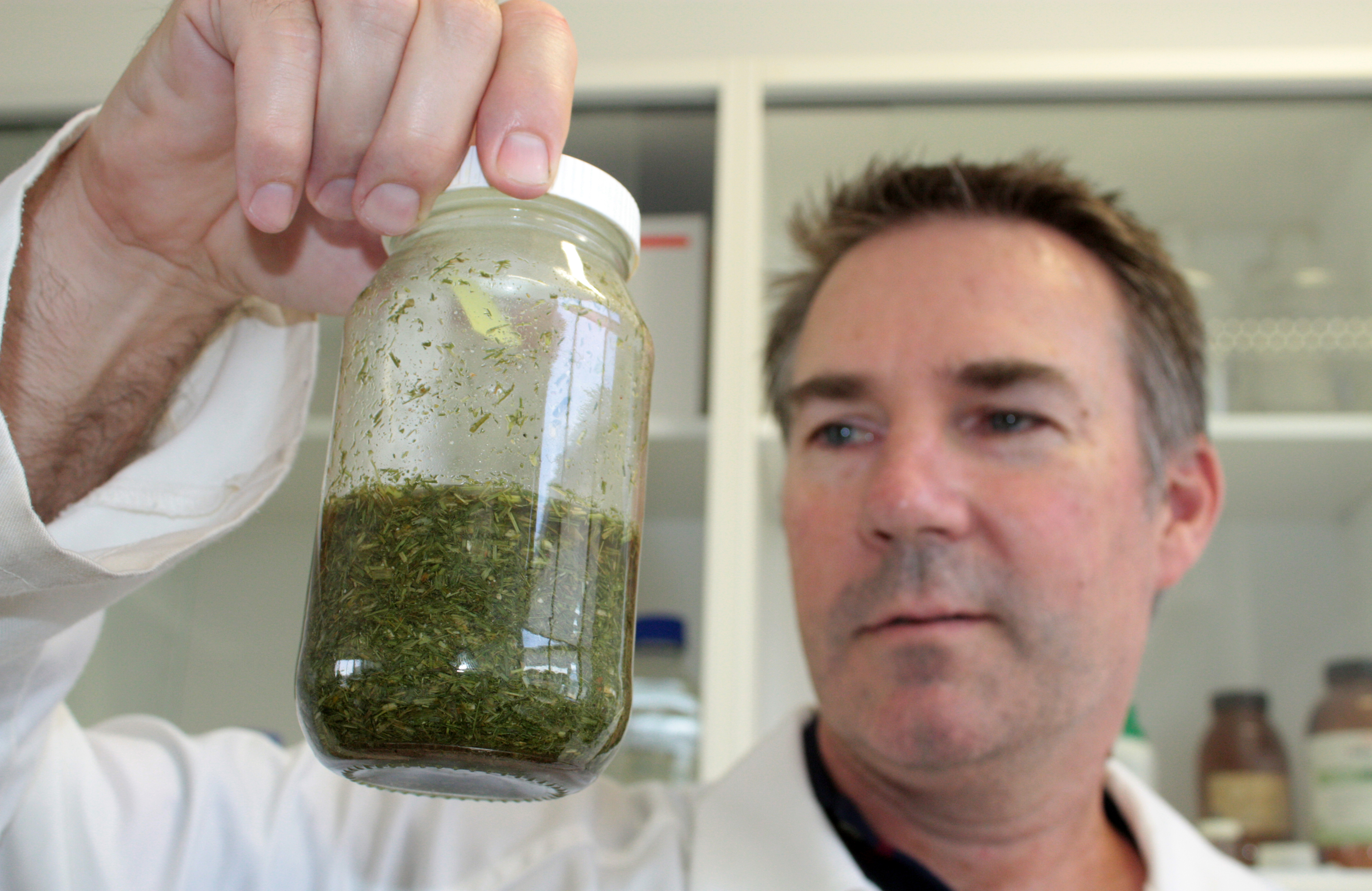

Pure stands of indiangrass that are grazed when the new growth is less than 20 cm tall could be lethal to livestock.įor treatment of cyanide intoxication of ruminants, the present recommended doses of sodium nitrite (5 mg/kg of body weight) and sodium thiosulfate (25 to 50 mg/kg) are smaller than those recommended for other animals the decrease is partially attributed to the greater susceptibility of ruminants to the toxic effects of sodium nitrite. Levels were less than 500 mg-1 kg (safe) when new growth was at least 40 cm tall and were very low (<200 mg-1 kg) or not detected when the forage was over 1 m tall. (dangerous level) only in spring when new growth was 20 cm tall or less. The HCN-p of the indiangrass sampled in this study exceeded 750 mg-1 kg dry wt. Five cultivars representative of indiangrass germplasm of the Great Plains were sampled during the growing season for 2 years from 2 sites in eastern Nebraska. The purpose of this study was to determine the hydrocyanic acid potential (HCN-p) of forage from established stands of indiangrass.

Recent research documented that dhurrin is also present in indiangrass seed- lings. Hydrocyanic acid or prussic acid poisoning of livestock by sorghums and sudangrasses is caused by the digestive liberation of hydrocyanic acid (HCN) from the cyanogenic compound, dhurrin found in tissue of these plants. (PDF) Sorghum Poisoning in Cattle and its Therapeutic Management. This paper presents the successful treatment of cyanide toxicity in cattle. A simultaneous injection of sodium thiosulphate provides sulphur to convert cyanomethaemoglobin to non-toxic thiocyanate which is excreted through urine. The article reports about a cow that have accidentally poisoned with sorghum forage, the animal was treated with sodium nitrite, which is effective in converting haemoglobin to methaemoglobin, which in turn reacts with cyanide (Prussic acid) to form cyanomethaemoglobin. When the cyanide level becomes 0.5-3 mg/Kg b.wt., clinical symptom of poisoning appears which may end up in death of the animal. Sorghum is a cyanogenic plant and when its level exceeds 20 mg per 100 g (200 ppm, 200 mg/kg) of forage, liver enzymes gets exhausted and HCN starts accumulating in the animal body.


 0 kommentar(er)
0 kommentar(er)
